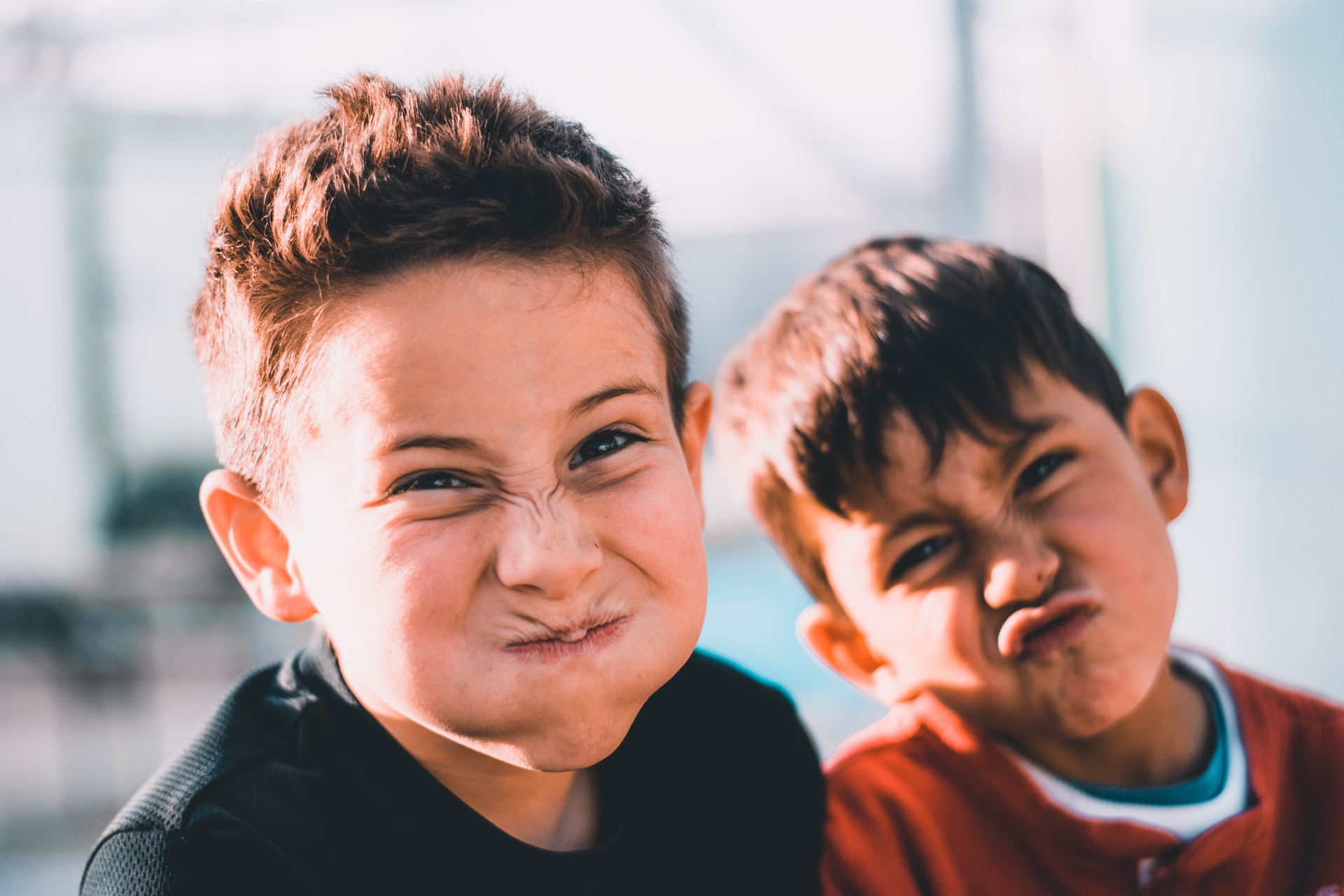What Your ADHD Friends Want You to Know
A surprising number of people of all ages are undiagnosed with ADHD. This means that, whether you know it or not, you probably have friends and family members who are neurodivergent. People with ADHD often struggle with time management, memory, prioritizing tasks, being impulsive, and being unfocused or easily distracted. When you don’t understand why your friend is acting in these ways, it can cause a rift in the relationship. It takes time, patience, and education to learn how to cope with ADHD. People with the disorder need compassionate friends who will stand by them through the ups and downs of dealing with being neurodivergent. Here are some things that your friends with ADHD might want you to know. They aren’t lazy If you have ever wondered why your friend’s house is always a mess, or why their personal hygiene leaves a lot to be desired, it could be because ADHD makes everyday tasks feel overwhelming. Your neurotypical brain can look around a messy room and conceptualize a series of tasks that can be done. You can easily say that first, the clutter needs to be cleared from the surfaces, and then, the floors need to be swept and mopped. However, the ADHD brain cannot process each of these steps in order. A simple set of tasks for you is an overwhelming obstacle for your neurodivergent friend. What you might not know is that your ADHD friend is embarrassed or ashamed of the state of their house, car, or hygiene. They can’t help feeling overwhelmed by all of the tasks they have to do, easy or unintimidating tasks for neurotypical people. They might appreciate a friend who comes alongside them and helps them develop a simple routine for housework or hygiene. Helping them in this way could be a [...]






